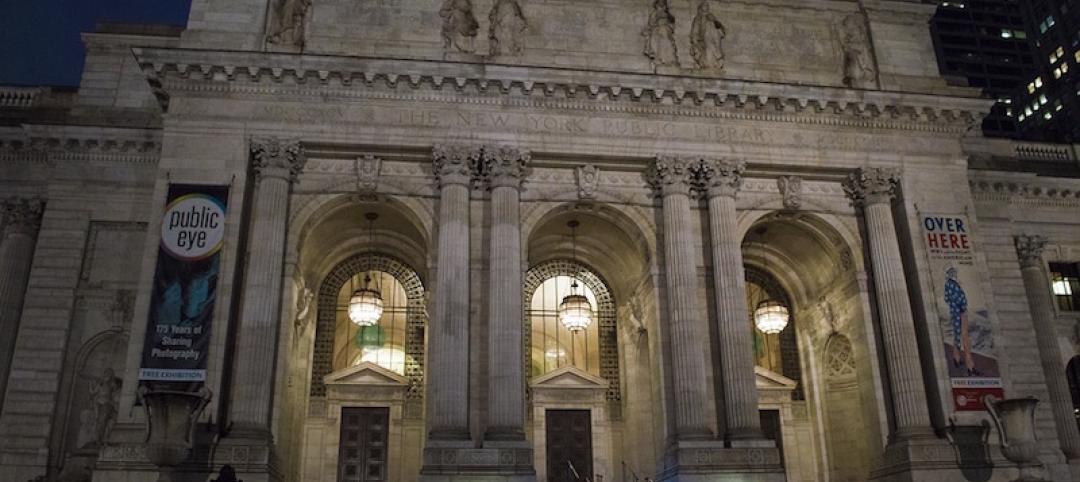To speed the transition to zero carbon emissions, the U.S. must focus on designing or redeveloping entire communities that are zero energy, according to Charles Kutscher, a long-time energy efficiency researcher.
Tackling building energy use at the district level provides economies of scale in heating and cooling. Used on some U.S. college and other campuses, systems with a central plant that burns natural gas to heat water, which then is circulated to the various buildings, are more efficient than dedicated systems for each building.
To achieve zero carbon emissions, the latest strategy for district systems uses an ambient temperature loop that “simultaneously and efficiently both heats and cools different buildings,” Kutscher writes. “Heat pumps at individual buildings or other points along the ambient loop add or extract heat from the loop. They can also move heat between deep geothermal wells and the circulating water.”
National research labs and other project partners are developing an open source software development kit called URBANopt that models elements of zero energy districts. These can include building efficiency/demand flexibility strategies, rooftop photovoltaic arrays, and ambient loop district thermal systems. The software can be integrated into other computer models to aid in design of zero energy communities.
Related Stories
Codes and Standards | May 4, 2017
Millennials’ views on sustainability could influence the workplace
Nine out of ten say it is important that they work for a company committed to sustainability.
Codes and Standards | May 3, 2017
New York State extends design-build authority
The legislation includes eight additional projects.
Codes and Standards | May 2, 2017
U.S. announces preliminary tariffs on Canadian softwood lumber
The rates range from 3% to 24% per producer.
Codes and Standards | Apr 28, 2017
New York man alleged to have posed as licensed architect faces possible prison time
He is charged with defrauding construction companies, business owners, and local governments.
Codes and Standards | Apr 27, 2017
Extensive list of plug load efficiency utility incentives available for free download
The Dept. of Energy resource is a state-by-state compilation with hundreds of listings.
Codes and Standards | Apr 26, 2017
Chicago commits to 100% renewable power for all city buildings
In doing so, it becomes largest U.S. city to make such a pledge.
Codes and Standards | Apr 25, 2017
Concerns over increased construction costs following Trump executive orders
‘Buy American’ requirement and revised H-1B visa restrictions could raise prices on supplies, labor.
Codes and Standards | Apr 24, 2017
‘Staggering delays, exorbitant costs’ in New York City library, cultural building construction
Study finds significant problems with how city manages capital projects.
Codes and Standards | Apr 20, 2017
California lawmakers have had little success in attracting sports stadiums
Only one of several attempts has had an impact in recent years.
Codes and Standards | Apr 19, 2017
Dept. of Energy releases updated versions of EnergyPlus and OpenStudio building energy modeling tools
The updated versions include full support for variable speed DX coils, enhanced plant auto-sizing, new fan model, and support for non-rectangular windows.

















